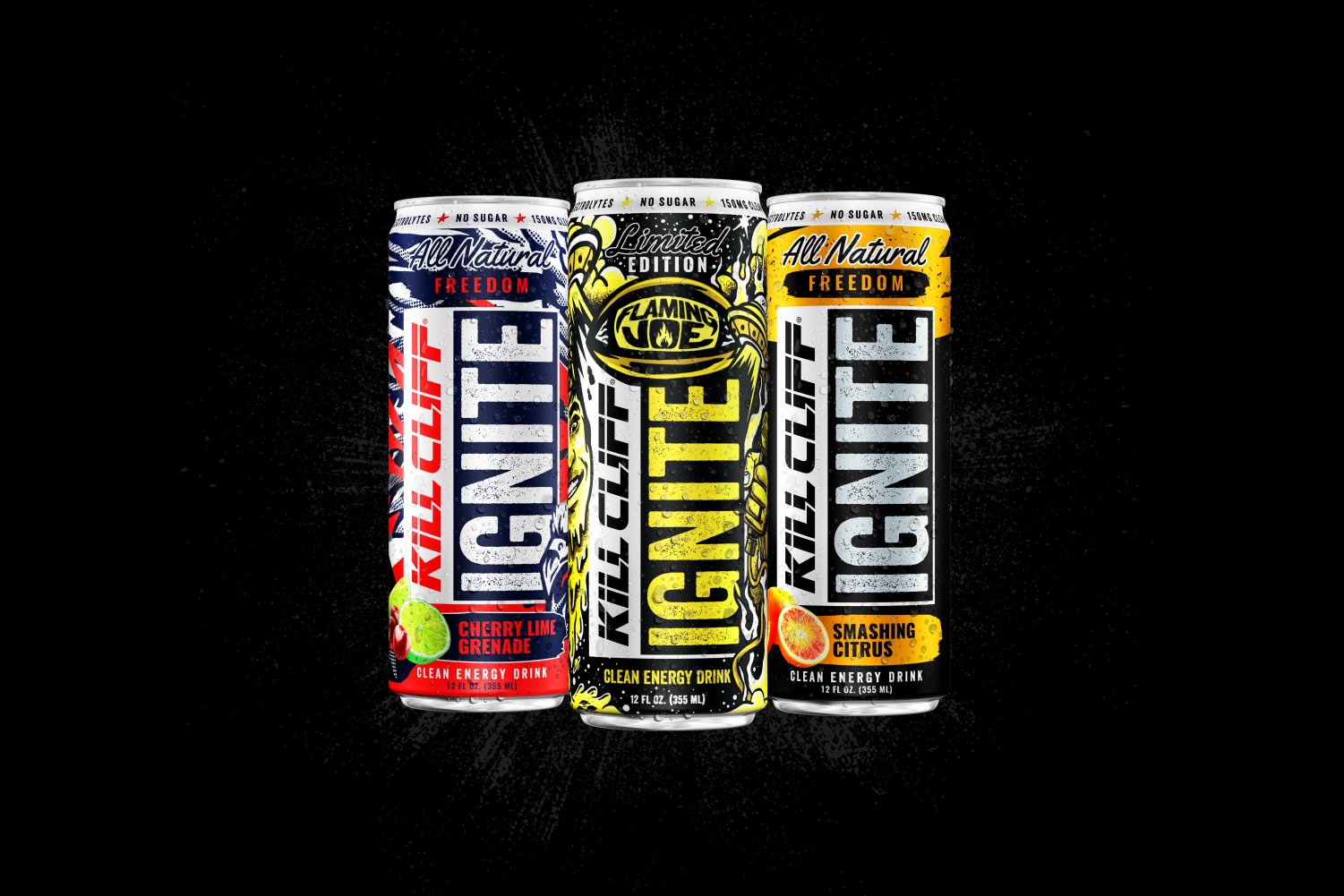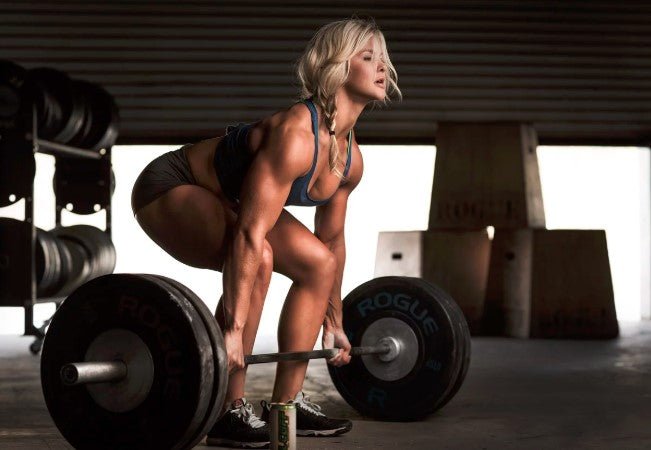
A Faster, More Biomechanically Sound Deadlift
What does your deadlift look like when it gets heavy? More than likely, your hips shoot up, your chest collapses forward, and you lose the maximal force you are trying to apply.
When the hips rise too fast, you lose the opportunity to move big weights. Regardless of your preference for starting hip height, a straight leg reduces the involvement of your glutes, hamstrings, quads, and adductors. The more you are able to use these significant muscle groups, the more chance you have of producing a higher strength output.
The reason for these errors is simple. It’s a lack of tension and bracing. Not creating tension in a muscle before you intend to move at maximal velocity can be a recipe for disaster. You wouldn’t start your car from cold and immediately drive at 100mph, so why ask your body to do the same? When you ask relaxed muscles to contract with as much force as possible, they will take the easiest route rather than the route you need for a maximal lift – which means hips up.
Try this simple test to understand more:
- Use your thumb and forefinger to flick something (or someone - but I can’t be held responsible for their retaliation). Notice the speed of the finger.
- Now take away your thumb and try and flick your finger with the same speed. You can’t. It’s slower and far less powerful.
When you use your thumb to hold your finger back, you pre-load the muscle and contract it with maximal force before you unload that tension in a fast movement. Now let’s apply that to the deadlift.
Push your knees into your forearms
Getting tight and creating tension at the bottom of a lift is difficult. It’s far harder than a squat, as you have to engage muscle groups when you are already cramped up in the bottom position. It’s hard to feel yourself getting tighter.
The simplest way to activate the major muscle groups when in the setup position for the deadlift is to gently push your knees outwards into your forearms. Don’t force your arms off the bar - a gentle squeeze should suffice. You will immediately feel the hamstrings, glutes, adductors, and even the quads begin to engage.
If you allow this tension to develop through your upper back, you can take off the handbrake on the muscles, explode up, and apply that maximal output by driving your heels into the floor. You will instantly notice how the legs don’t automatically straighten and self-sabotage. Rather, they drive your hips through in the right sequence, contributing force to your deadlift.
Put it all together:
- Get into your start position.
- Gently push your knees outwards until you feel the tension.
- Gently pull back your shoulder blades to add to your upper back tension.
- Drive through your heels into the floor.








